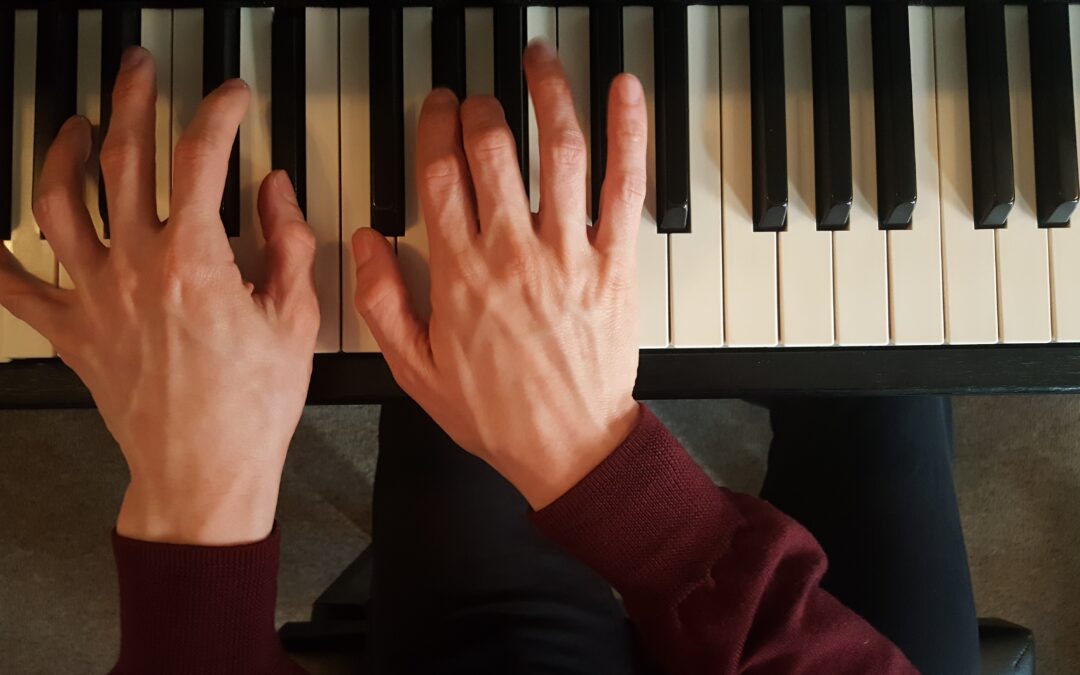The essential teaching behind Counterpoint
For all piano students out there who are studying Counterpoint as part of your piano syllabus and you don’t know why you should spend time with this subject instead of your valuable lessons with your piano tutors, this article will clarify a couple of things that will make you put your glasses and enjoy every bit of Counterpoint exercises from now on.
Counterpoint is the core of every musical piece composed since medieval times.
Before the great masters such as Mozart, Beethoven or Brahms, composers followed the main principles of this technique that is as old as the Magna Carta. Even Harmony depends and comes from Counterpoint. Every single piece composed throughout the centuries uses this technique.
For pedagogical purposes, it was divided into something called “species”, five species in total that treat each of them the treatment of the dissonance. But that is only the surface, each species teaches us how to conduct what in music is called “voice leading”
The first species treats the main “pillars” of the music. The second species is the first that introduces the notion of movement through dissonance.
We consider the dissonances as something bad, wrong, or even ugly. But the true meaning of the dissonance is movement, simple as that. Why?
Because through the dissonance, that sense of discomfort produced by the instability of the quality of a dissonant interval crashing into another, we get the notion of moving from that interval to a more consonant: this produces the directional movement in music. Through the technique applied by the second species in Counterpoint, in a very abstract manner, we get the notion and the control of the movement and directional either when we compose our music or when we analyse music as performers. It is the subtext that lies beyond the notes.
Keep on learning all about Counterpoint, and more music subjects online and for free with WKMT. Click on the links aforementioned to access to the full series of articles!

